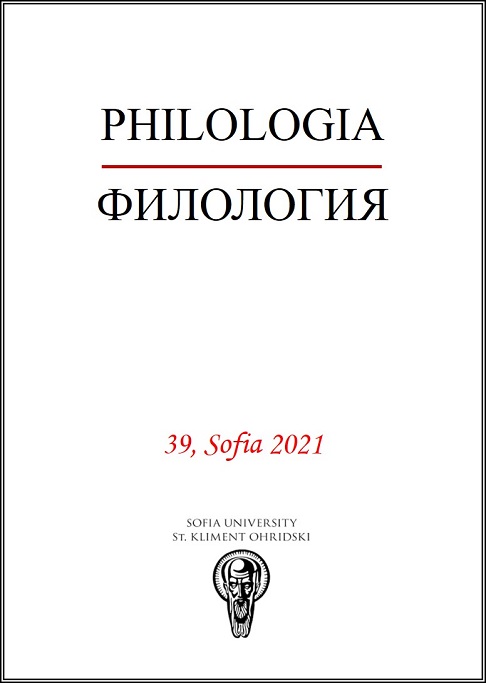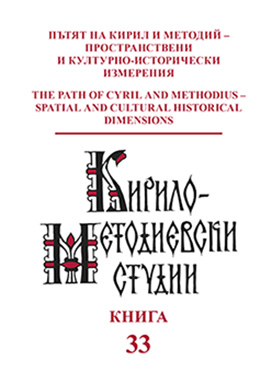
INTRODUCING AUDIO BOOKS TO STUDENTS OF ENGLISH AS A FOREIGN LANGUAGE AT ULSIT
INTRODUCING AUDIO BOOKS TO STUDENTS OF ENGLISH AS A FOREIGN LANGUAGE AT ULSIT
Keywords: pandemic; audiobooks; listening and reading skills; ULSIT; English;foreign language teaching
The COVID-19 pandemic period has brought into light different forms of learning and training particularly leading to the use of digital tools and technology. Given the fact that people used to spend their time working and studying mainly at home and predominantly in isolation, they had more time for solitary activities such as reading, which also has proven to have a soothing and therapeutic effect on the reader. In this respect, there has been an upsurge in the popularity of audiobooks since the beginning of the pandemic in 2020. This fact can serve as a favorable opportunity audiobooks to enter the classroom and become an alternative to traditional forms of listening tasks when teaching a foreign language. This current trend in education corresponds fully to the aims and working outputs of the project entitled “Study of Attitudes to the Therapeutic Potential of Reading in Atypical Situations for the Individual” financed by the National Science Fund of the Ministry of Education and Science of the Republic of Bulgaria with Contract № КП-06-Н45/2 from 30.11.2020, which has been implemented at the University of Library Studies and Information Technologies, Sofia, Bulgaria. The purpose of this report is to examine the potential of how audiobooks can be used as a form of teaching general English to university students as their first foreign language in university context. The web page https://esl-bits.net/ index.htm has been used to select the appropriate materials for listening. In addition, a practical example of doing exercises where audiobooks are used is given following the three stages of devising a listening task: pre-listening, whilelistening, and post-listening. To support this, methodology guidance has been followed by the “Shaping the Way We Teach English” webinar series by the American English team (https://americanenglish.state.gov/). As a result of this practical example, the author of the report aims to find out whether there is any effect on their reading and listening skills, which are the most prevailing skills that can be affected after doing the exercises using audiobooks in the short term during the spring/summer semester, academic year 2021/2022.
More...






